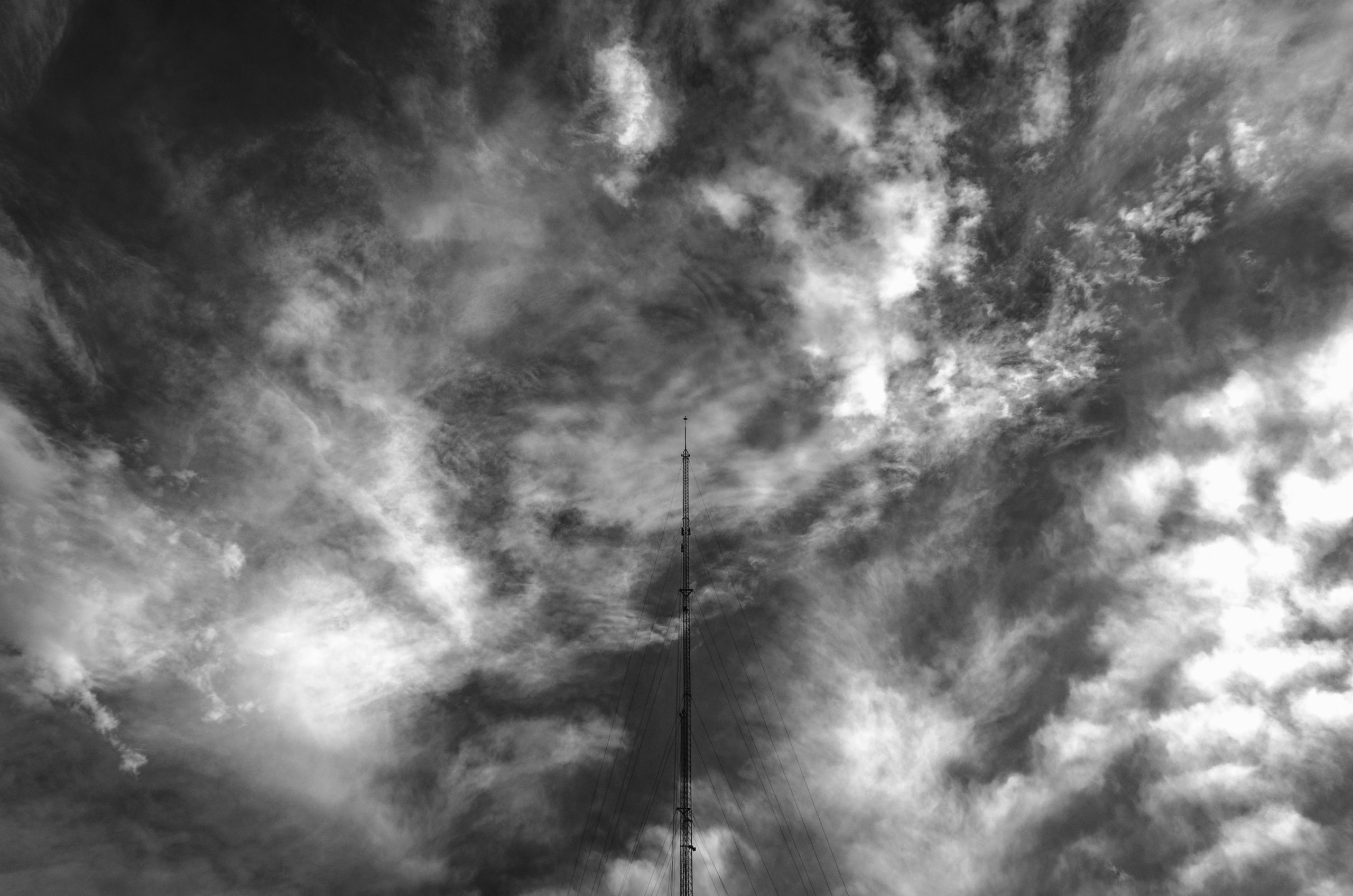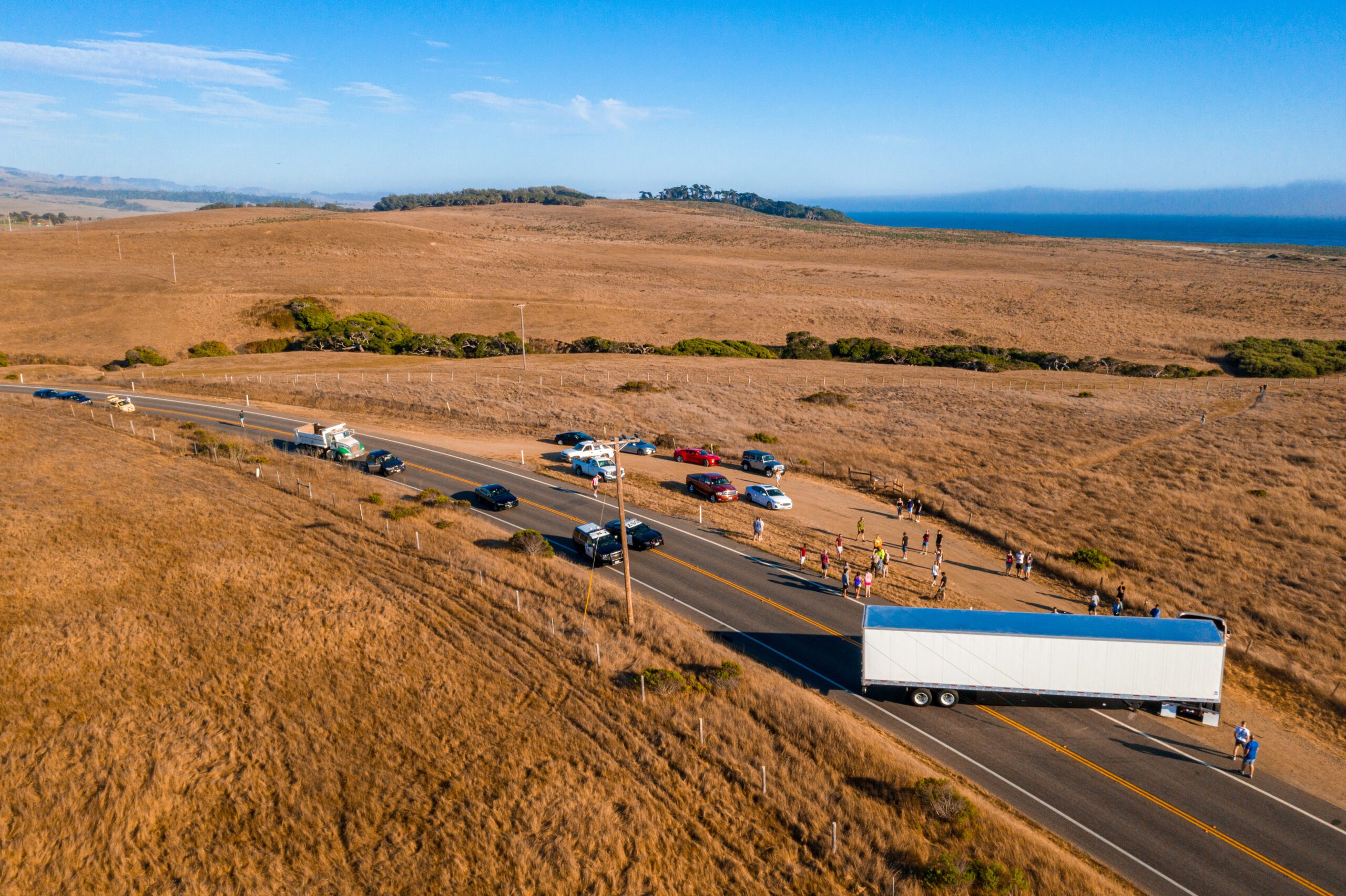Communications Systems for Black Sky Events
Utility grid resilience never seemed more important than during the active hurricane season the nation faces in 2020. These black sky events reach across state lines, challenging federal, state and local emergency response and the communications systems that support it. For critical infrastructure, resilient operational communications systems are essential for restoration and recovery.
Last fall, the Electric Power Research Institute (EPRI) conducted research to evaluate communications systems’ ability to provide adequate voice transmission to enable initiation of restoration efforts to the electric grid during a black sky event. In the case of hurricanes, an event can travel over broad swaths of the country, so creating a dispersed, realistic demonstration with control room operators invested in the planning and execution phases ensured application of results to actual field use.
The demonstration tested five commercially available off-the-shelf solutions, including Mutualink, which served as the sole interoperability platform connecting four emergency communications systems: one GEO and two LEO satellites, and HF radio. Electric power industry participants in the research demonstration included PJM, Southern Company and New York Power Authority (NYPA).
Emergency communications and interoperability vendor participant selection was based on viable solutions that met the following criteria: deployability, scalability, survivability, maintainability, and interoperability.
Interoperability for Black Sky Events
EPRI selected commercially available solutions to test in the research based on responses to an RFI. The RFI required an interoperability solution capable of:
-
- Bridging a minimum of three selected analog voice communications channels to provide conference call functionality.
- Interconnecting two selected analog voice communications channels to provide extension of one remote channel to a second remote channel.
- Interfacing with a minimum of three voice communications channels.
Mutualink’s interoperability solution, already installed and used by NYPA at the time of the RFI, met all requirements with a distributed system that was easily deployable to all core test sites.
According to the study abstract, “The results will be used to develop recommendations for a long-term implementation and use of resilient emergency communications systems and strategies that are flexible enough to accommodate varying requirements for restoration and recovery of the electric grid following a widespread grid outage.”
Key Findings
EPRI’s report details the key findings. Mutualink’s interoperability platform fared well, with the evaluation citing that it demonstrated its ability to patch communications systems at all three core test sites. As might be typical for energy and utility sector deployments, each core test site installation included a portable IWS (interoperability workstation), Telephony and Radio Gateways, an ethernet switch and a multi-WAN router to interface external broadband.
Following the October 25, 2019 demonstration, EPRI concluded that Mutualink’s interoperability platform “provided the required capability of connecting and bridging communications from multiple different communications systems”.
What better way to learn about the EPRI black sky resilient communications demonstration than by watching the video? https://youtu.be/8G9uqXhVD5w





